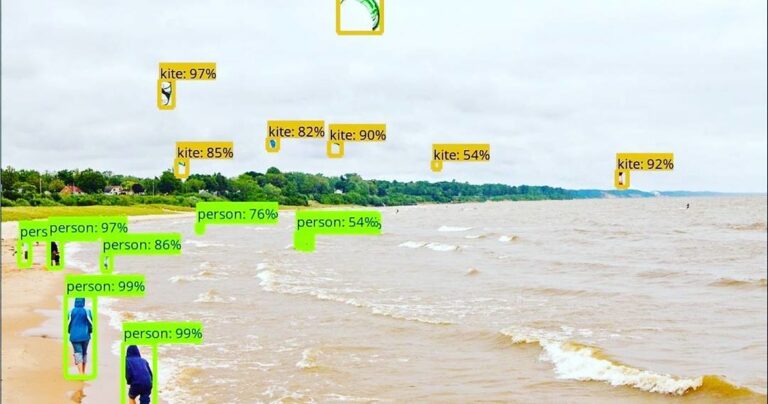Computer Vision technology has been making remarkable strides in recent years, particularly in the retail industry. This cutting-edge technology has the potential to revolutionize the way retailers operate and interact with their customers. By leveraging the power of advanced algorithms and machine learning, retailers can improve the efficiency of their operations, enhance the customer experience, and gain valuable insights into their target audience. In this article, we will explore the various benefits of computer vision technology and its use cases in the retail industry.
Enhancing the Customer Experience:
One of the primary advantages of computer vision technology is that it can significantly improve the customer experience. By leveraging facial recognition technology, retailers can create a more personalized experience for their customers. For instance, a customer can walk into a store and be recognized by the system, which will then provide them with customized recommendations and offers based on their shopping history and preferences. This can help retailers to increase customer loyalty and drive sales.
Improving Inventory Management:
Inventory management is a critical aspect of any retail business. Accurately tracking and managing inventory levels can help retailers to reduce costs, increase efficiency, and improve customer satisfaction. Computer vision technology can play a significant role in improving inventory management. By leveraging image recognition algorithms, retailers can quickly and accurately track inventory levels, identify out-of-stock items, and replenish them in real-time. This can help retailers to reduce stock-outs, improve product availability, and enhance the customer experience.
Optimizing Store Layouts:
Store layouts play a crucial role in shaping the customer experience. Retailers need to carefully design their store layouts to ensure that customers can easily find what they are looking for and make quick purchases. Computer vision technology can help retailers to optimize their store layouts by analyzing customer movement patterns, identifying popular areas of the store, and determining which products are most frequently purchased. By leveraging this data, retailers can make informed decisions about store layout and product placement, which can help to improve the customer experience and drive sales.
Reducing Theft:
Retail theft is a significant problem that costs retailers billions of dollars each year. Computer vision technology can help to reduce theft by leveraging video surveillance cameras and advanced analytics to identify potential theft and suspicious behavior. By analyzing customer behavior in real time, retailers can quickly identify potential theft and take appropriate action to prevent it. This can help retailers to reduce losses, improve store security, and create a safer shopping environment for customers.
Creating Personalized Marketing Campaigns:
Personalized marketing campaigns can be highly effective in driving sales and increasing customer loyalty. Computer vision technology can help retailers to create highly targeted marketing campaigns by analyzing customer data, shopping history, and preferences. By leveraging this data, retailers can create personalized marketing campaigns that are more likely to resonate with customers and drive sales. For instance, a retailer can use facial recognition technology to identify a customer and then send them customized offers and promotions based on their shopping history and preferences.
Conclusion:
Computer vision technology has the potential to revolutionize the way retailers operate and interact with their customers. By leveraging the power of advanced algorithms and machine learning, retailers can improve the efficiency of their operations, enhance the customer experience, and gain valuable insights into their target audience. From enhancing the customer experience to improving inventory management and reducing theft, the benefits of computer vision technology are clear. As the technology continues to evolve, we can expect to see even more innovative use cases emerge in the retail industry and beyond.

